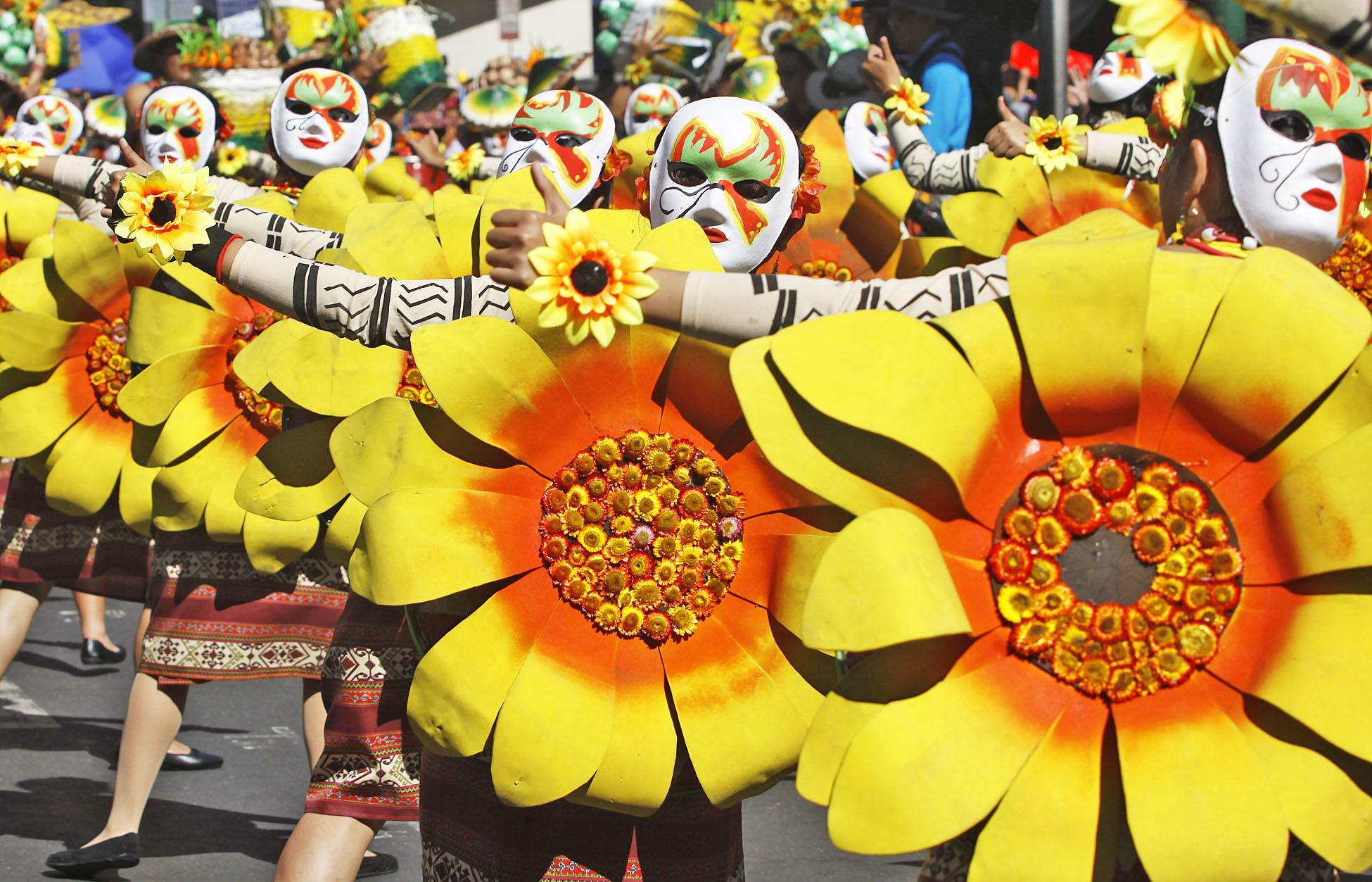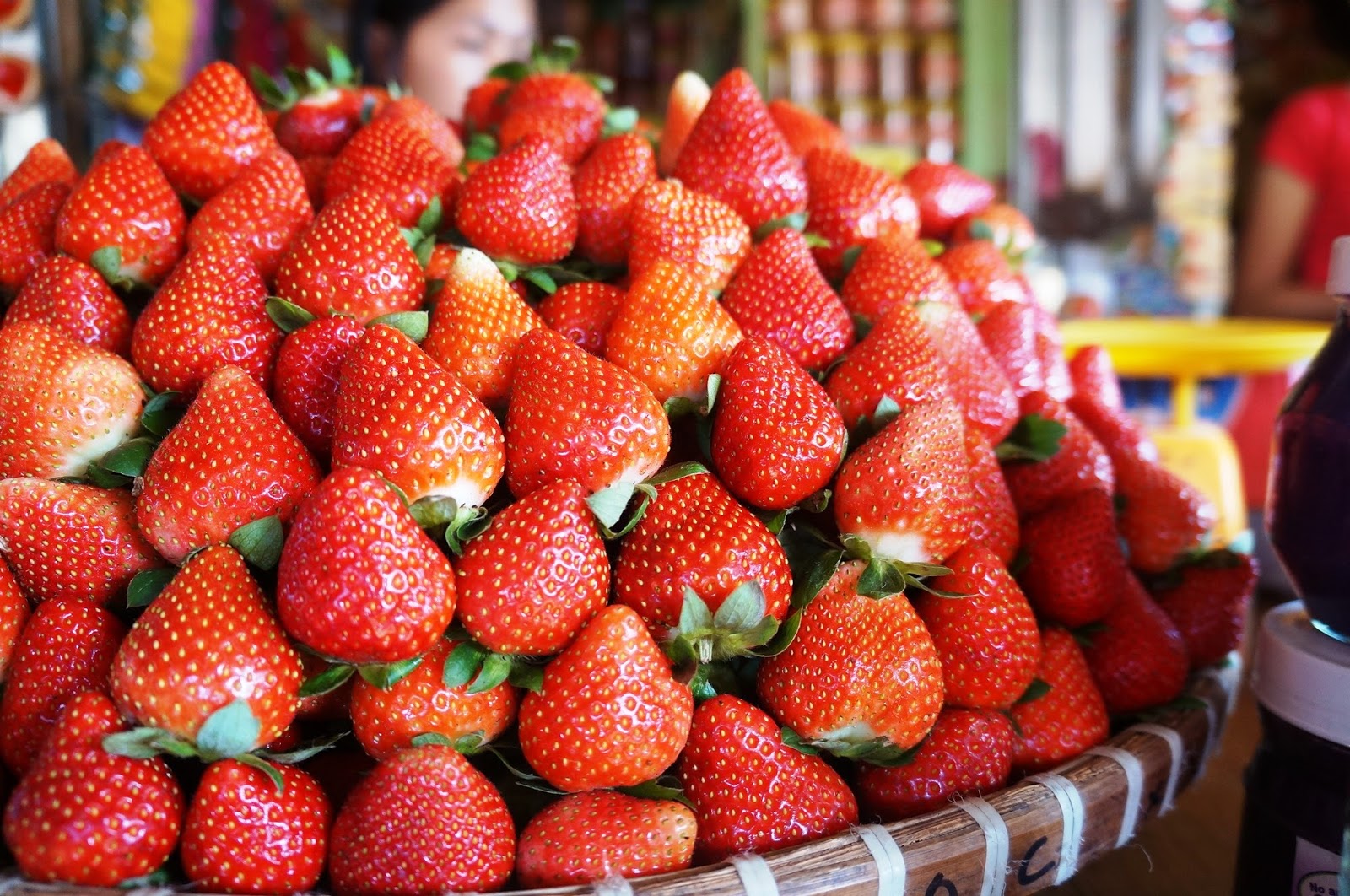MUST VISIT SPOTS IN BAGUIO
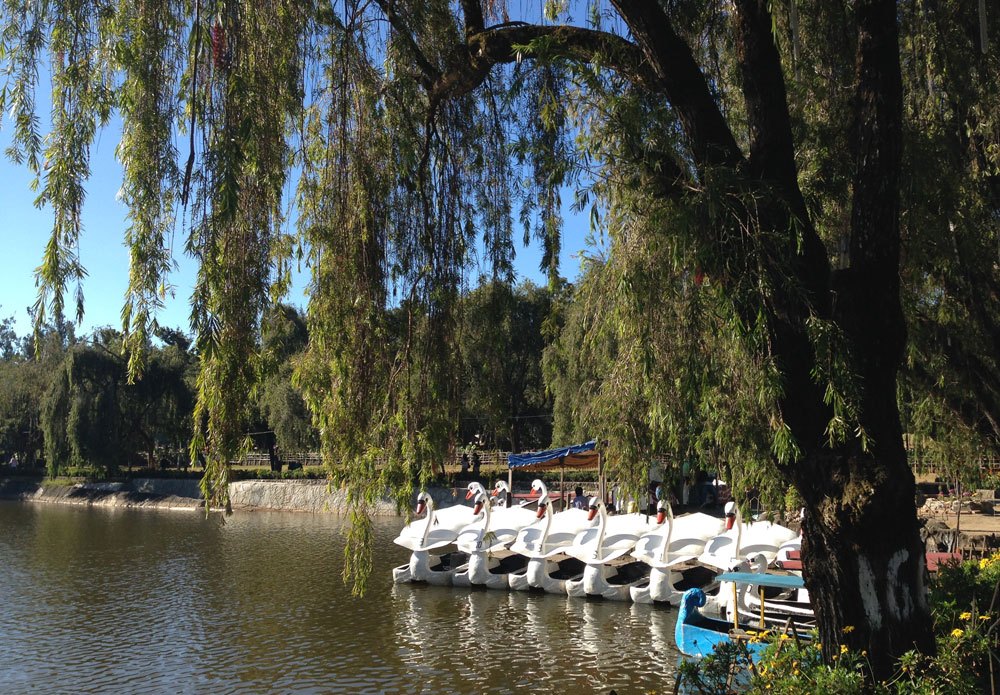
1) Burnham Park
One of the interesting nature spots in Baguio is an urban park named after the American architect, Daniel H. Burnham, who laid plans for the city in the 1900’s. The park is a sprawling green space encompassing 32 hectares right in the city center. It is just a few minutes walk from City Hall.
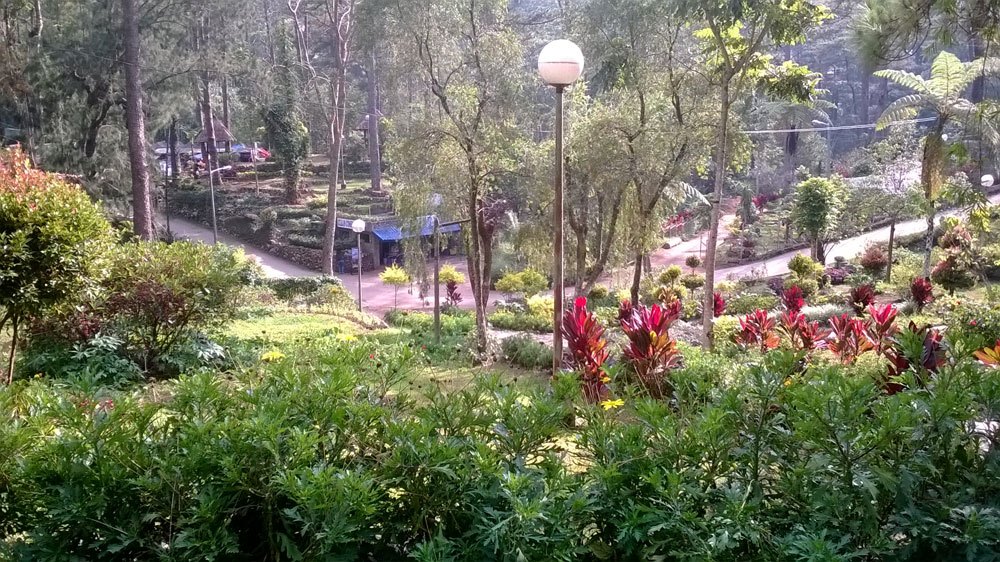
2) Baguio Botanical Garden
Take a stroll along the winding trails and stone steps of the Baguio Botanical Garden. It has a wide range of flowering, herbal, and decorative plants interspersed with pine trees. Some plants are even for sale. The garden’s main entrance is along Leonard Wood Road, between the Teacher’s Camp and Pacdal Circle. It had been in the past been called Igorot Village, Imelda Park, and Centennial Park. Within the huge park are relics from its Igorot Village days, such as tribal huts and sculptures. There are pocket gardens within the park dedicated to Baguio’s sister cities. There is a network of Japanese tunnels as well. The Baguio Botanical Garden is just a kilometer away from the city center.
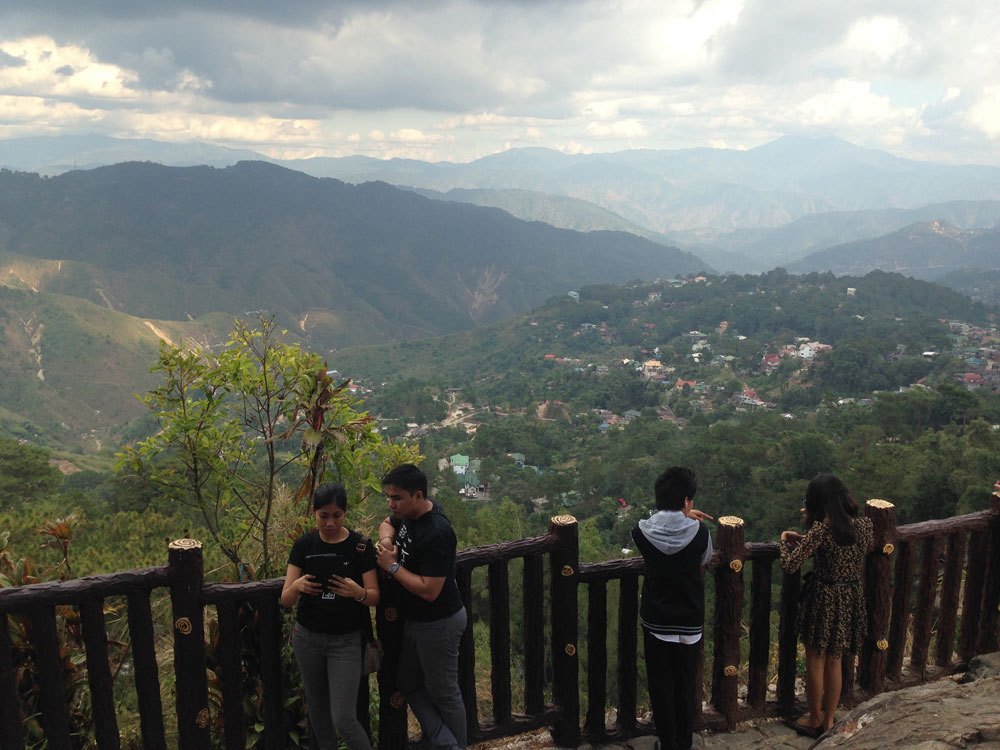
3) Mines View Park
No other spot encapsulates the city’s breathtaking scenery better than Mines View Park. The park, located in the outskirts of Baguio, offers a wide and clear view of Benguet’s mountain ranges where gold, silver, and other ores were once mined, hence its name. Souvenir items and other Baguio products are sold in the area. Silver jewelry, which the city is known for, is sold at the Ibay’s and Pilak branches in Mines View

4) Camp John Hay
Camp John Hay has often been referred to as the “little Baguio” with Baguio City. The urban design for Baguio created by American architect Daniel H. Burnham in the 1900’s was for a community with a population expected to reach but not breach 25,000. Some 100 years later, the city’s population has grown to over 10 times more. There are more people, houses, and cars on the road.
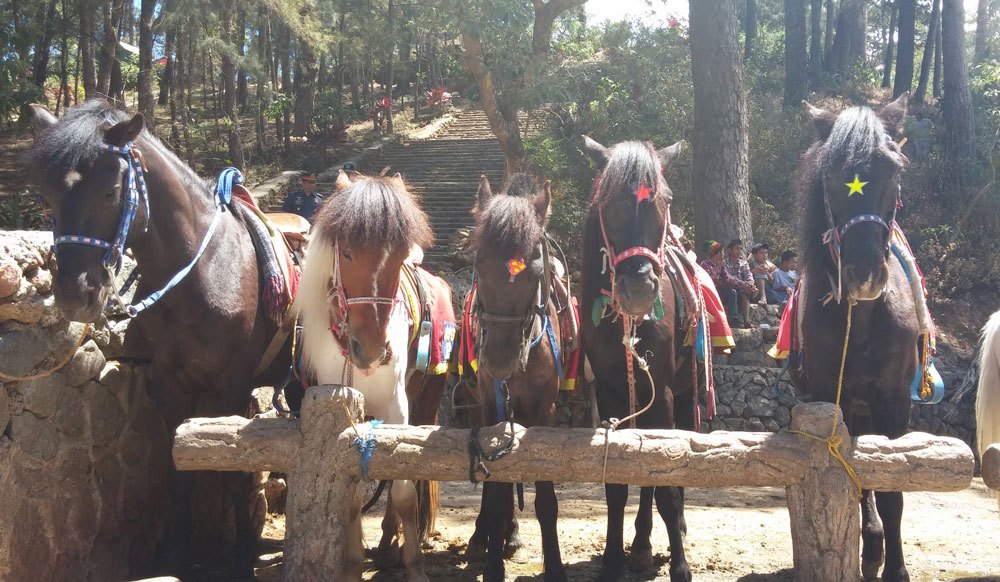
5) Wright Park
A favorite of kids and adults alike in Baguio is Wright Park where an organization of pony boys offers horseback rides. It is located northeast of the city center. From the horseback riding area, a stone stairway leads to the “Pool of the Pines,” a quiet stretch with a 100-meter long shallow and narrow pool lined on both sides by Baguio’s towering pines. The park is named after Luke Edward Wright, American governor-general of the Philippines (1904-1906).
